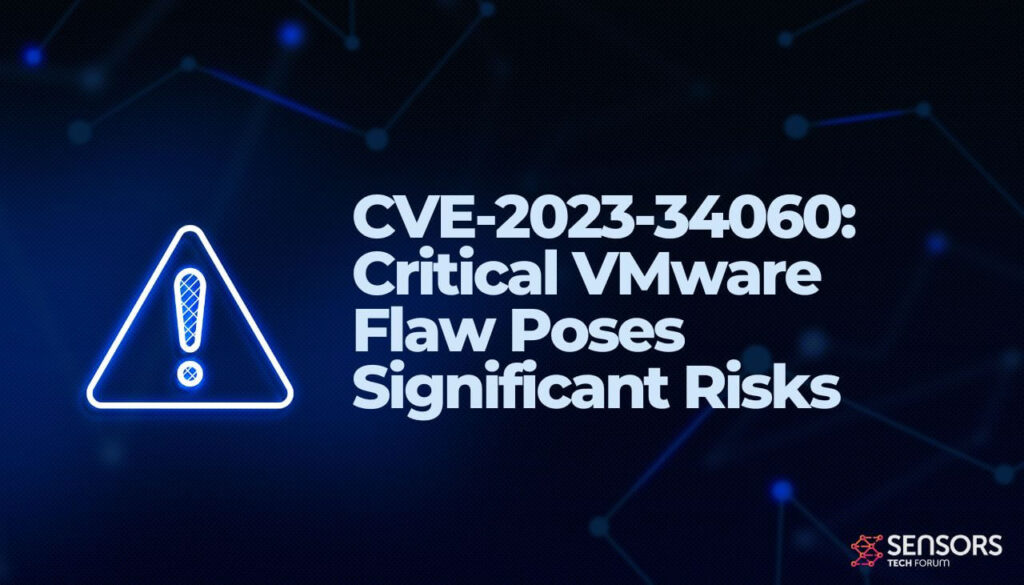VMware has issued a warning about a critical and unpatched vulnerability, tracked as CVE-2023-34060, in its Cloud Director platform. The flaw, with a severity score of 9.8 (CVSS), poses a significant risk by allowing a malicious actor to circumvent authentication protections. Instances upgraded to version 10.5 from an older iteration are particularly vulnerable. The company highlights that on an upgraded version, an attacker with network access can bypass login restrictions on specific ports, presenting a serious security concern.

Details of the CVE-2023-34060 Vulnerability
VMware has identified that the vulnerability affects instances upgraded to Cloud Director Appliance 10.5 from previous versions. Specifically, a malicious actor with network access can exploit the flaw to circumvent login restrictions on ports 22 (ssh) or 5480 (appliance management console). Notably, this bypass does not apply to port 443 (VCD provider and tenant login). The company emphasizes that a new installation of Cloud Director Appliance 10.5 is not susceptible to this particular bypass.
Credit for discovering and reporting this critical flaw goes to Dustin Hartle from Ideal Integrations, an IT solutions provider. VMware acknowledges the proactive reporting, highlighting the collaborative efforts within the cybersecurity community to identify and address vulnerabilities promptly.
Current Status of CVE-2023-34060 and Mitigation Measures
As of now, VMware has not released a fix for CVE-2023-34060 but has provided a workaround in the form of a shell script (“WA_CVE-2023-34060.sh”). Importantly, implementing this temporary mitigation does not necessitate downtime and has no adverse effects on the functionality of Cloud Director installations. This swift response aims to empower users to take immediate steps to secure their environments while awaiting a comprehensive solution from VMware.
This development follows closely on the heels of VMware addressing another critical flaw (CVE-2023-34048, CVSS score: 9.8) in vCenter Server that had the potential for remote code execution on affected systems. The recurrence of critical vulnerabilities emphasizes the ongoing importance of robust cybersecurity practices and the need for organizations to stay vigilant in securing their virtualized environments.
Conclusion
VMware Cloud Director users are urged to take immediate action to implement the provided workaround, considering the severity of CVE-2023-34060. The collaborative efforts of security researchers, as demonstrated by Dustin Hartle’s discovery, underscore the communal responsibility to maintain the integrity and security of virtualization platforms.


